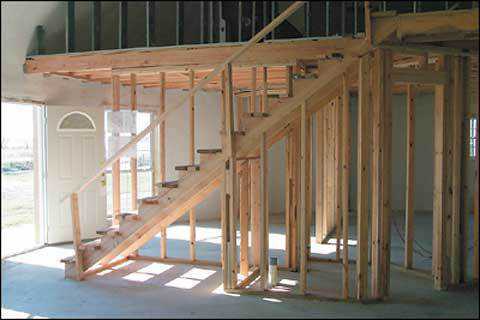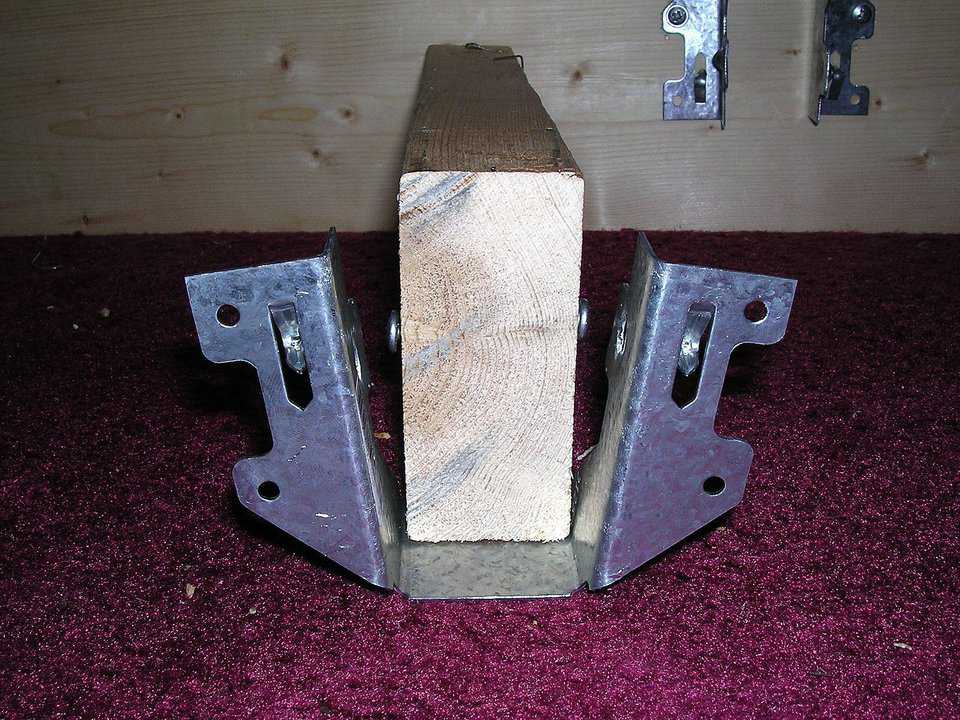We are frequently asked at MDI, “Can we build an upstairs in a Monolithic Dome?” or “Is it cheaper to build a house with an upstairs?”
Yes, a second floor can be designed in a Monolithic Dome home. However, we suggest you consider the following factors when deciding whether or not to put in a second floor in your Monolithic Dome home
Your Dream. To some people a grand stairway leading from one floor to another is a work of art and a lifelong dream, and something they really want. If that is the case, they should have a second floor and a beautiful stairway. (But they should also remember that when people age they no longer want to climb stairs.)
Cost. The cost per square foot of finished floor area is generally close to the same as building a single floor Monolithic Dome of the same square footage. If the cost of the land is high, it may be much less expensive to build a multiple story house than to buy additional land for a larger diameter, one-level home.
Fire Resistance. Building a second floor almost always necessitates the use of wood framing on the interior of the house, which, of course, makes the home more vulnerable to fire.
Heating and Cooling. The energy efficiency of a Monolithic Dome is directly related to the ability of the structure itself to store and release heat or cold. When the interior of the dome is heated or cooled, the concrete will warm up or cool off, and then radiate its temperature back into the dome. So, if there is more than one floor in the dome, the inherent heat-sink is less effective.
Design. Stairways are hard to design around. They rarely lend themselves to perfect locations within the home. However, with proper planning and designing the space under the stairway can be utilized for storage, shelving, or even a bathroom.
Size. Domes with a diameter of 20 feet or larger can accommodate a second floor.
The following method is only one way to attach a second floor. Sometimes an engineer will require additional bracing by using a method other than what we suggest.
Preparation. When your Monolithic Dome shell is completed, build the interior weight-bearing walls using standard construction procedures.
Before attaching the wooden floor joist, be sure the points of installation are level by measuring from the first floor to the point at which the hanger will be installed – assuming the first floor is level. You can also use a site level or a laser level. Mark the concrete wall along the perimeter where the hangers will be attached.
Next, the joists span from the load-bearing dome walls across the necessary, interior, load-bearing partitions or walls. The layout of the joists is determined by the most efficient use of materials.
Attachment. Each wooden joist is attached to the concrete wall using standard floor joist hangers (Figure A).
Where the floor joist meets the exterior shell, joist hangers and concrete anchors are used to support the weight of the floor.
Each steel hanger has a weight rating. Concrete anchor screws also have weight ratings. Verify the rating for the type/brand of hangers and screws you choose to be sure they accommodate the appropriate weight.
The twist strap can be molded and shaped to individual specifications.
The hangers are attached by drilling and setting the concrete anchor screws through the hangers directly into the concrete at the predetermined markings.
The floor joists are then secured to the joist hangers using nails.
Short pieces of blocking, also called cross bridging, are added between the joist to prevent sway in the floor.
Two layers of plywood are nailed and glued in place with wood construction glue, atop the joists completing the sub-deck. A pneumatic stapler is used to keep the deck from sliding.
Another common method uses ledger strips. A ledger strip is a wooden or metal strip that is bolted to the perimeter of the dome with concrete anchors at the level line of the second or third floor. The floor joist can then be attached to the ledger strip.
Remember, there are other methods for attaching a second floor. For further details regarding these and other options, call Monolithic.
For more information read Up and Down in the Round— Lofts, Stairways and Basements.
printed from the Spring 2000 Roundup

